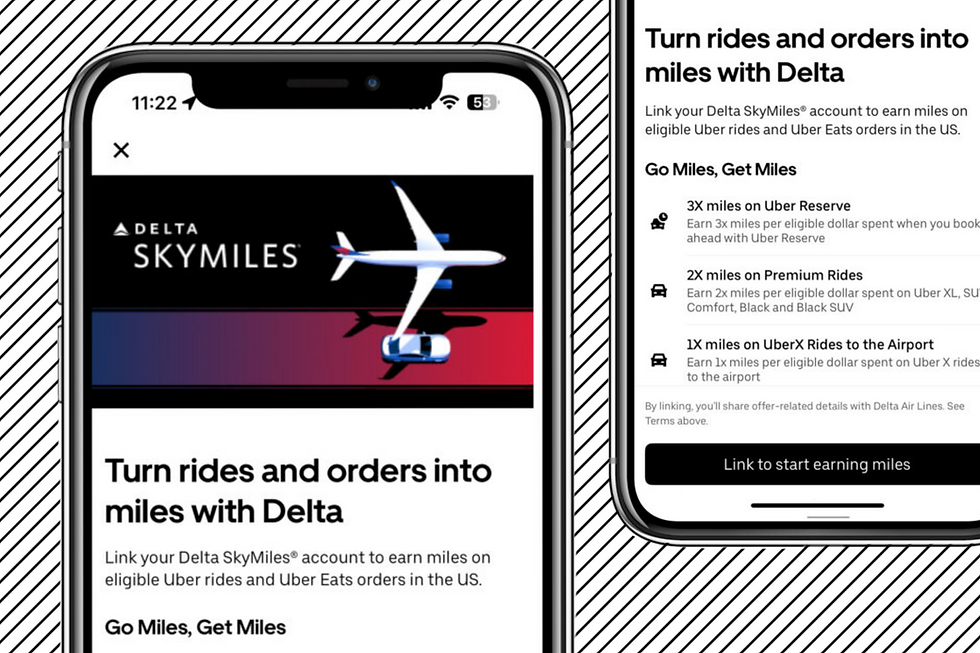How do taxi drivers juggle both street work and app bookings to stay efficient and profitable?
- Perry Richardson

- 1 hour ago
- 2 min read

For today’s taxi drivers, balancing the art of working the streets with app-based or circuit bookings is fast becoming crucial for maintaining a steady income. Mastering both methods requires experience and a sharp understanding of market conditions on any given day.
Street plying, the traditional method, sees drivers waiting at designated ranks or picking up passengers who hail them down as they drive by. This direct method allows drivers to keep the full fare, with only minor deductions such as card processing fees if the journey is paid by card. However, it comes with risks. Long waits at ranks, especially during quieter periods, and the added expense of cruising empty streets searching for passengers can quickly accelerate expenditure.
Taxi apps and corporate circuits offer another route to securing work. They can reduce the amount of time a driver spends empty by providing a stream of potential bookings. Yet this option is not without its drawbacks. Commission fees charged by app operators, often between 10% and 20%, can significantly cut into a driver’s take-home pay. Drivers must also factor in the unpaid time and distance involved in travelling to the passenger’s pick-up point, which can add to costs and reduce overall efficiency.
Successful drivers have learned to use both methods in tandem. Some keep an eye on their apps while waiting at busy ranks or cruising popular areas. If an app booking comes through and looks worthwhile, they weigh up whether accepting it makes better financial sense than risk waiting for a street fare. Others might focus more heavily on one method depending on the time of day or specific local demand.
Timing and local knowledge are everything. Peak periods, such as morning and evening rush hours, weekend nights, and major public events, bring a higher volume of both street and app-based fares. Experienced drivers know where the hotspots are and when to position themselves to maximise earning potential. Conversely, during quieter periods, leaning more on app bookings can help avoid the costly dead time between street jobs.
A detailed understanding of traffic patterns and event schedules gives drivers a further edge. Knowing when a concert ends or where roadworks are taking place allows drivers to adjust quickly and position themselves in the right places.
Many drivers adopt a hybrid strategy, switching flexibly between street and app work depending on circumstances. During busy periods, the streets may offer better profits with minimal waiting. When things quieten down, app work provides a safety net of pre-booked jobs, even if commission fees must be absorbed.
Finding the right balance between plying for hire and accepting app bookings is vital. Drivers who spend too long cruising without a fare can waste fuel and time. Those who rely too heavily on apps risk losing a substantial cut of their earnings to commission fees. Every day is different requiring on-the-spot decisions and a good understanding of the city’s daily rhythms.











